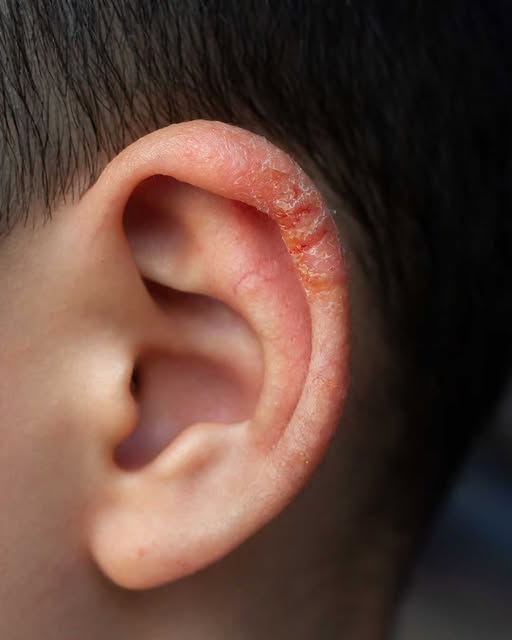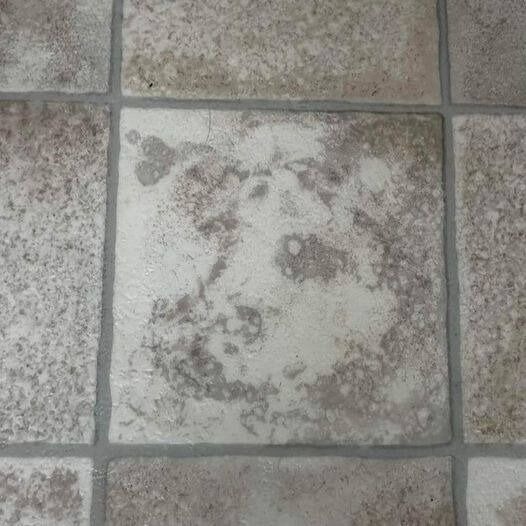My Child’s Ear: Understanding and Managing Unusual Skin Conditions
Finding an unusual skin condition on your child’s ear can be incredibly worrying, especially when a doctor’s appointment feels miles away. The uncertainty surrounding the cause, potential pain, and the need for immediate treatment can leave parents feeling overwhelmed and anxious. This blog post aims to provide practical advice and reassurance while you wait for professional medical guidance, helping you navigate this situation effectively and minimize stress.
Atopic Dermatitis: A Frequent Culprit
Understanding Eczema
Atopic dermatitis, better known as eczema, is a surprisingly common skin condition affecting many children. It manifests as inflamed skin patches that are often itchy and may appear scaly. While eczema can appear anywhere, the ears are particularly vulnerable due to their constant exposure to environmental irritants and frequent contact with various substances. Recognizing the signs of eczema can be a crucial first step in determining if it’s the source of your child’s ear problem.
Spotting the Signs: Recognizing Eczema and Other Issues
Key Indicators of Ear Skin Problems
Carefully examine your child’s ear. Are there any signs of redness, swelling, or dryness? Look for rashes, thickened skin, or the presence of small bumps. Intense itching is a classic symptom of eczema and often leads to scratching, which unfortunately can exacerbate the condition. Pay close attention to any discharge or crusting – these could signify an infection requiring immediate medical intervention. Taking clear notes on what you observe will be invaluable when you speak with your doctor.

Beyond Eczema: Other Possibilities
It’s crucial to remember that other skin conditions can affect the ears. While this post focuses on eczema due to its prevalence, a variety of factors could be responsible. Therefore, detailed observation and subsequent consultation with a healthcare professional are vital for accurate diagnosis and appropriate treatment.
Waiting for the Doctor: Steps to Take at Home
While waiting for your appointment, focus on soothing your child’s discomfort. Gentle cleansing with lukewarm water is recommended, avoiding harsh soaps or detergents that can further irritate the skin. Avoid scratching, as this can break the skin and lead to infection. Keeping the area clean and dry can help prevent further complications. Consider consulting your pharmacist for advice on over-the-counter creams or lotions that may provide temporary relief. However, never self-medicate beyond this, and always consult your doctor or other healthcare professional for diagnosis and treatment.
Seeking Professional Help: When to Call
Remember, this information is for guidance only and does not replace professional medical advice. If you notice any significant worsening of symptoms, increased pain or discomfort, signs of infection (like pus or increased swelling), or if you have any concerns whatsoever, contact your pediatrician or dermatologist immediately. Early intervention is key to effective treatment and your child’s comfort.




